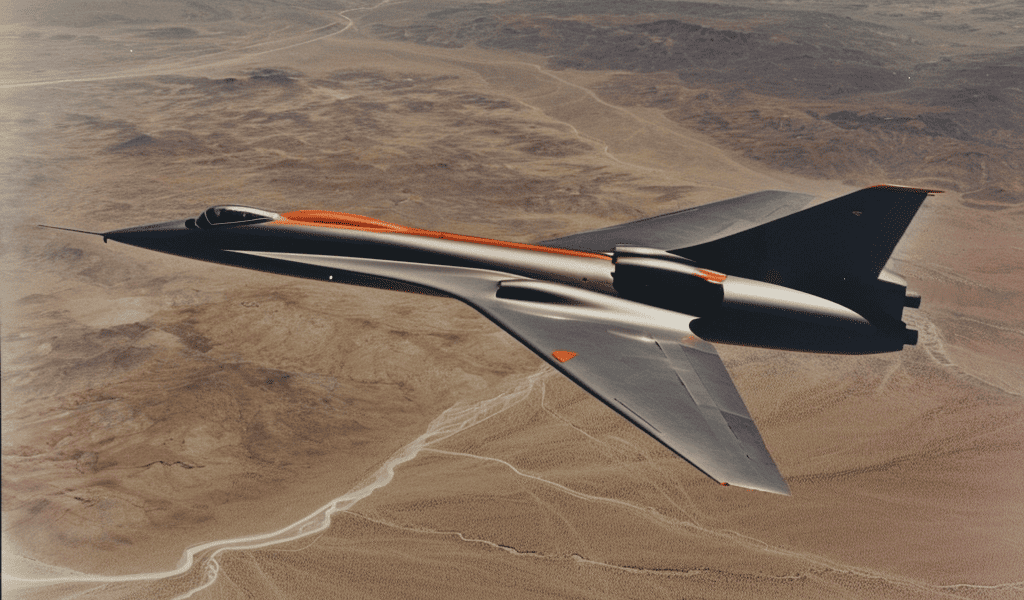The US military is on the verge of testing an innovative aircraft that could potentially revolutionize aircraft design. The enigmatic X-65 experimental plane, developed by the Defense Advanced Research Projects Agency (DARPA), is set to challenge conventional aircraft technology by flying without mechanical control surfaces like flaps and rudders.
Unlike most current planes that rely on ailerons, elevators, and rudders for maneuvering, the X-65 will replace these traditional control surfaces with jets of compressed air, utilizing a cutting-edge technology known as active flow control. This groundbreaking approach is expected to not only enhance the stealth characteristics of the aircraft but also pave the way for advancements in military aviation.
While the potential benefits of this revolutionary technology are evident in the military domain, experts suggest that it may face challenges in penetrating the risk-averse commercial aviation industry. Despite its potential to improve stealth and maneuverability, the adoption of such unconventional aircraft design concepts in commercial aviation remains uncertain.
The development of the X-65 experimental plane marks a significant leap in aircraft innovation, offering a glimpse into the future of aviation technology. As the US military prepares to put this groundbreaking aircraft to the test, the industry awaits the potential implications and advancements that could reshape the landscape of modern aircraft design.





